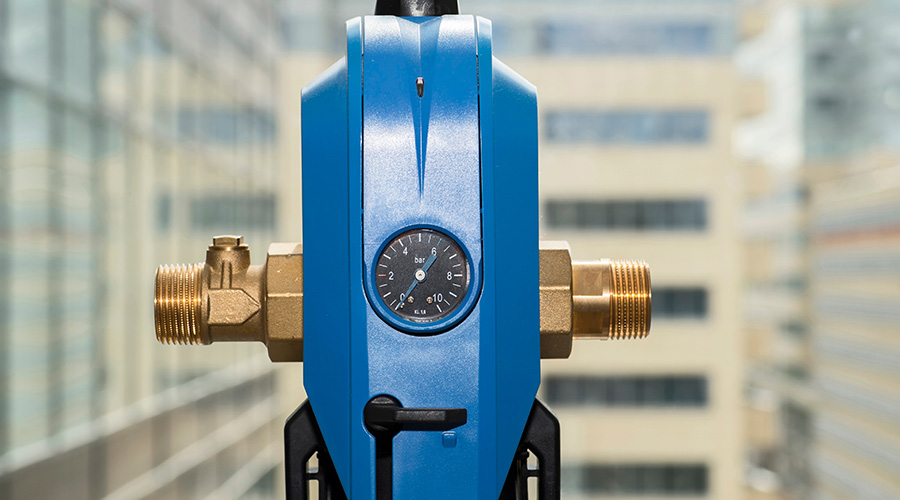Missouri Becomes First State With LEED-Platinum Government Building
A Missouri state building has become the first government office building in the nation to become LEED-Platinum certified by the U. S. Green Building Council (USGBC).
A Missouri state building has become the first government office building in the nation to become LEED-Platinum certified by the U. S. Green Building Council (USGBC).
Nationally, only 16 buildings have achieved platinum certification, the highest level in the LEED new construction program.
Located in Jefferson City, Mo., the Lewis and Clark State Office Building is a 120,000 square foot facility completed with no premium over the budget for a typical state office building. The facility is designed to reduce energy consumption by 53 percent over ASHRAE 90.1.
The design limits water usage by collecting rainwater for use in toilets and using drought-tolerant native plant species in landscaping, and prevents pollution-causing storm water runoff through a series of bio swales and detention ponds.
"We envision the Lewis and Clark State Office Building as a blueprint for future projects that will promote our vision of a Missouri where people live and work in harmony with our natural and cultural resources," says Missouri Lieutenant Governor Peter Kinder. "This building will also have a positive effect on the state revenues due to future cost savings achieved through dramatically increased energy-efficiency."
During the construction process, contractors used materials and products that conserved resources, such as a fly-ash concrete mixture, and recycled as much of the construction debris as possible. In addition, the building enhances user health and productivity through user controls, under-floor air distribution and access to daylight and views.
To earn Platinum status, the project team began by reducing the projected energy consumption of the facility by more than 50 percent. The building uses the latest developments in daylighting technologies, advanced electrical lighting and control systems, efficient building envelope design and highly integrated and innovative HVAC systems. Photovoltaic roof panels have been installed and provide 2.5 percent renewable energy, with the objective to ultimately create up to 20 percent through future installations.
Wherever possible, planners showcased the systems rather than hiding them, a move to educate the public on the applications and benefits of green building.
Related Topics:











